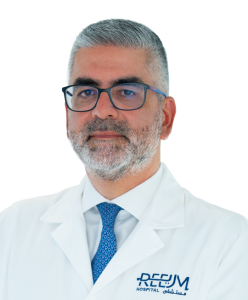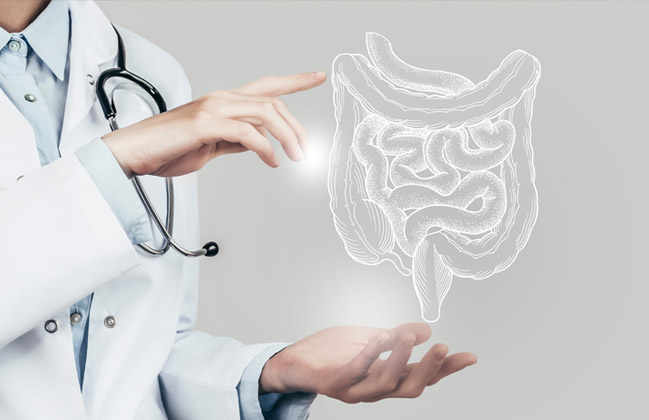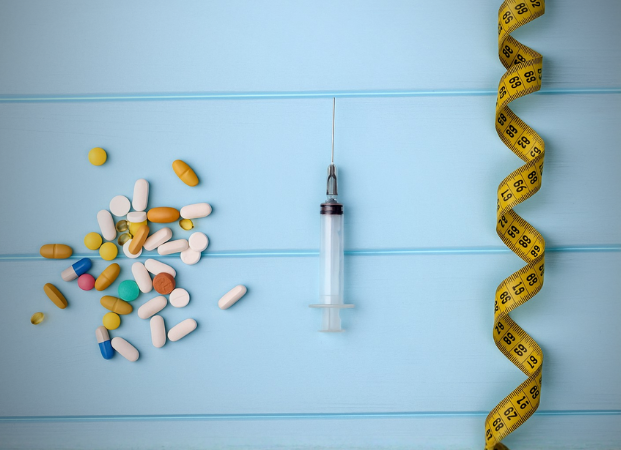Signs and Symptoms of High Cholesterol
Cholesterol typically doesn’t show symptoms until it has progressed, and any symptoms that do appear are usually due to complications.
Here are some signs to watch for:
- Skin: Yellowish deposits may form around the eyes, or at the back of the heel-leg junction, and sometimes in other areas.
- Eyes: If vision problems occur, an ophthalmologist may detect damage caused by high cholesterol during a fundoscopy and refer you to an internal medicine specialist.
- Complications: High cholesterol can lead to conditions like peripheral artery disease (PAD), where walking becomes difficult (e.g., trouble walking three blocks without taking breaks), heart attack, or stroke (medical emergency due to vessel blockages in the brain).
Diagnosing High Cholesterol
Diagnosing high cholesterol is straightforward. If the doctor suspects high cholesterol based on your medical and family history, they will likely request a lipid profile. This test measures the cholesterol levels in your blood.
In some cases, the doctor may also order additional tests, such as a hormonal profile, liver function test, or kidney function test, to identify any underlying conditions contributing to high cholesterol.
Book an Appointment
 Patient Login
Patient Login
























































































